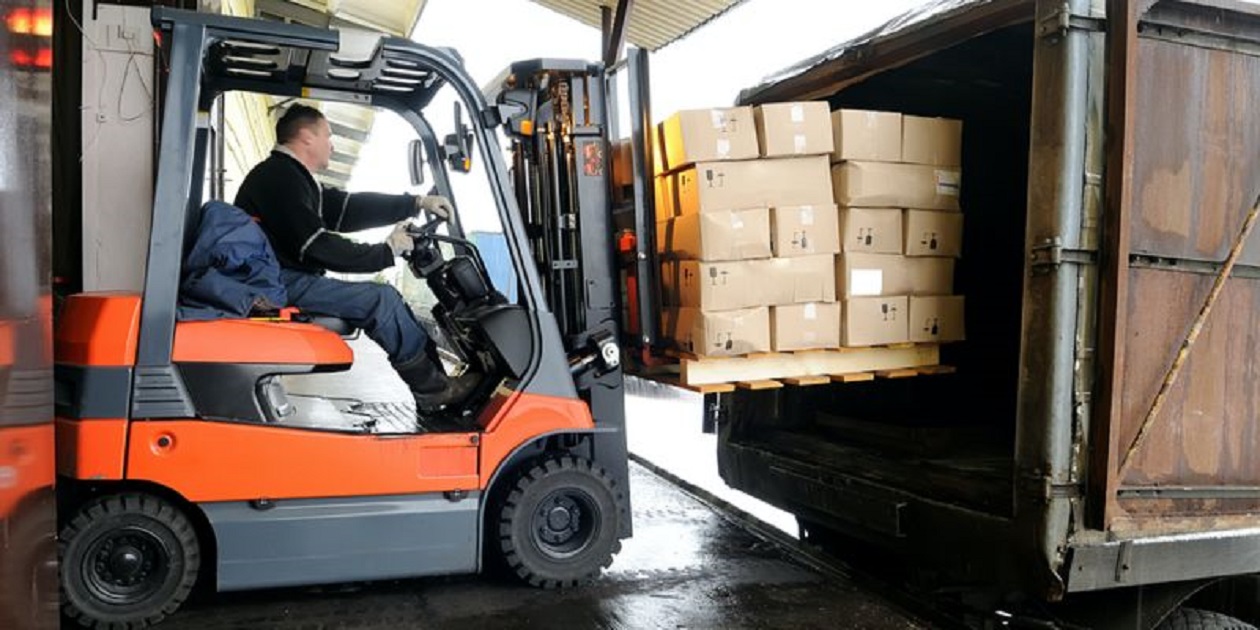 COVID-19 caused major supply chain disruptions, yet it can’t be blamed for all supply chain management woes. A number of supply chain disruptions have existed since before COVID-19, and they can even exacerbate some of the challenges the global pandemic has created.
COVID-19 caused major supply chain disruptions, yet it can’t be blamed for all supply chain management woes. A number of supply chain disruptions have existed since before COVID-19, and they can even exacerbate some of the challenges the global pandemic has created.
Read on to learn the three causes of supply chain disruption that aren’t connected to COVID-19, and that may well continue to plague your business long after the recovery from the virus if they’re not fixed.
Not Keeping up With Technology
One of the biggest supply chain disruptions that was an issue well before the pandemic was not keeping up with technology. Technology enables automation, which makes manual processes essentially a thing of the past.
Manual processes are most often:
- Inefficient
- Costly
- Error-prone
Think about how long it takes for your employees to enter a purchase order into your system. Then, consider how many errors they could make during data entry. There are two costs here: the cost of wasting time on a manual process, and the cost from the resulting error. Those costs add up: IDC estimates companies lose between 20-30% in revenue due to inefficiencies.
B2B integration removes these inefficiencies by automating processes. Computers, not humans, transmit information between themselves, taking data from systems of records. This ensures accuracy, time savings, and cost savings.

Issues Related to Technology
There are a few issues related to not keeping up with technology. We’ll discuss two of them here:
- Onboarding partners
- Chargebacks
Onboarding partners is a crucial issue. If they’re not connected to your systems, it makes it more difficult to process orders. B2B integration simplifies that by connecting them through APIs or web-based portals, even if they don’t use an EDI system.
Chargebacks are a costly issue which stem from incorrect orders; if you ship the wrong thing, or don’t follow procedures, you literally pay the price. B2B integration significantly reduces chargebacks because there’s no manual data entry (as we mentioned earlier, it’s a major cause of mistakes), so orders are correct and customers are satisfied.
Lack of Visibility
This is another problem related to technology, yet it deserves its own spot because it affects so many firms. A lack of visibility into the supply chain has affected companies long before COVID-19, although the global pandemic definitely exacerbated it.
A lack of visibility into your supply chain means that you don’t know what’s going on with your suppliers or your customers. Let’s say your Tier 1 supplier is located in a part of the world known for typhoons. What happens when one strikes, but you don’t have anywhere else to turn for critical raw materials?
“A lack of visibility has been a long-time supply chain management problem.”
B2B integration gives you that visibility, because it allows trading partners to better share information with one another. When you know what’s coming down the pipeline (factory closures, changing demand, or natural/man-made disasters), you can be better prepared for it.
COVID-19 is only the most recent supply chain management disruption to come down the pike, but it won’t be the last. Be prepared with B2B integration. Integrate. Then Dominate.




